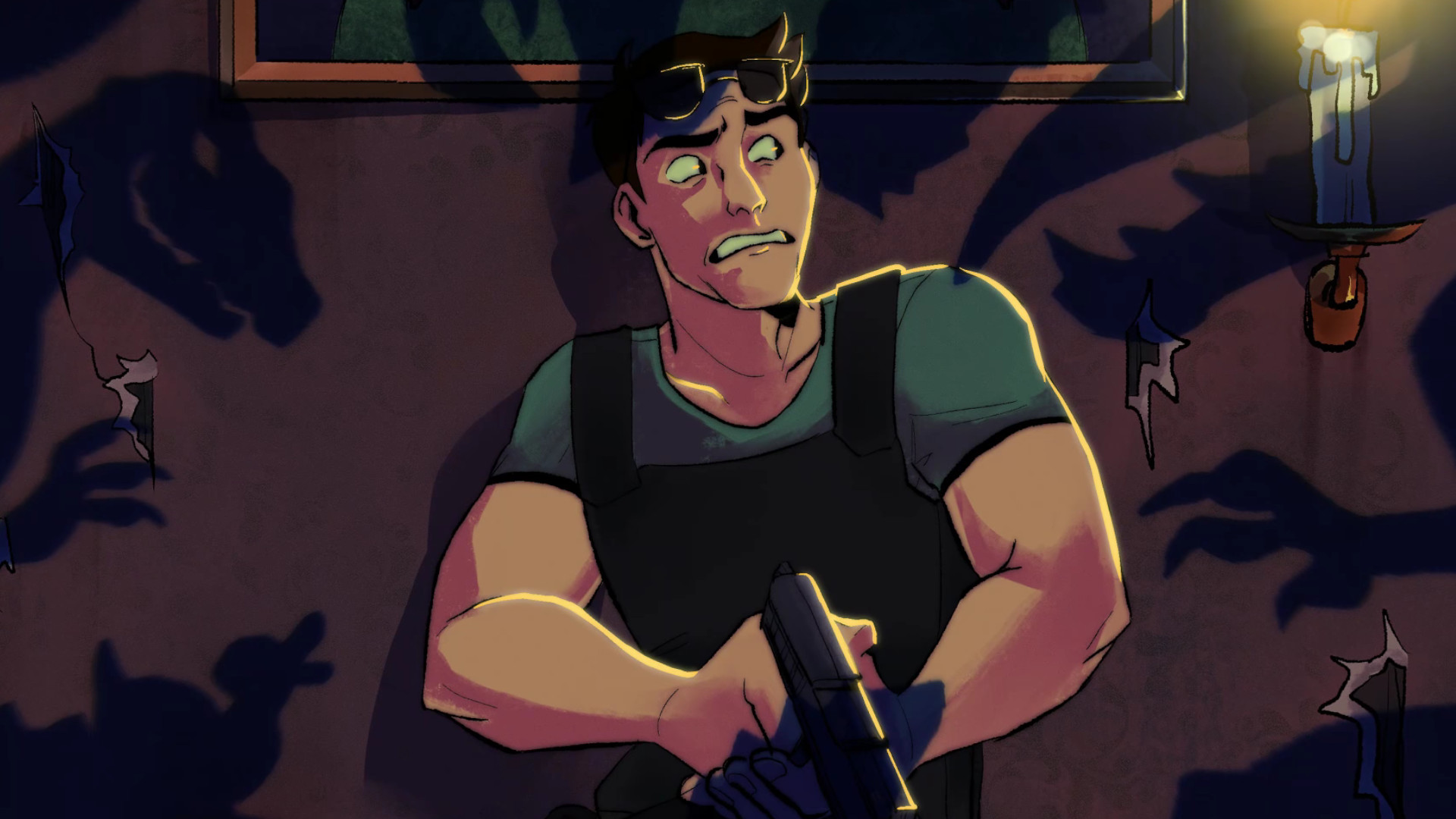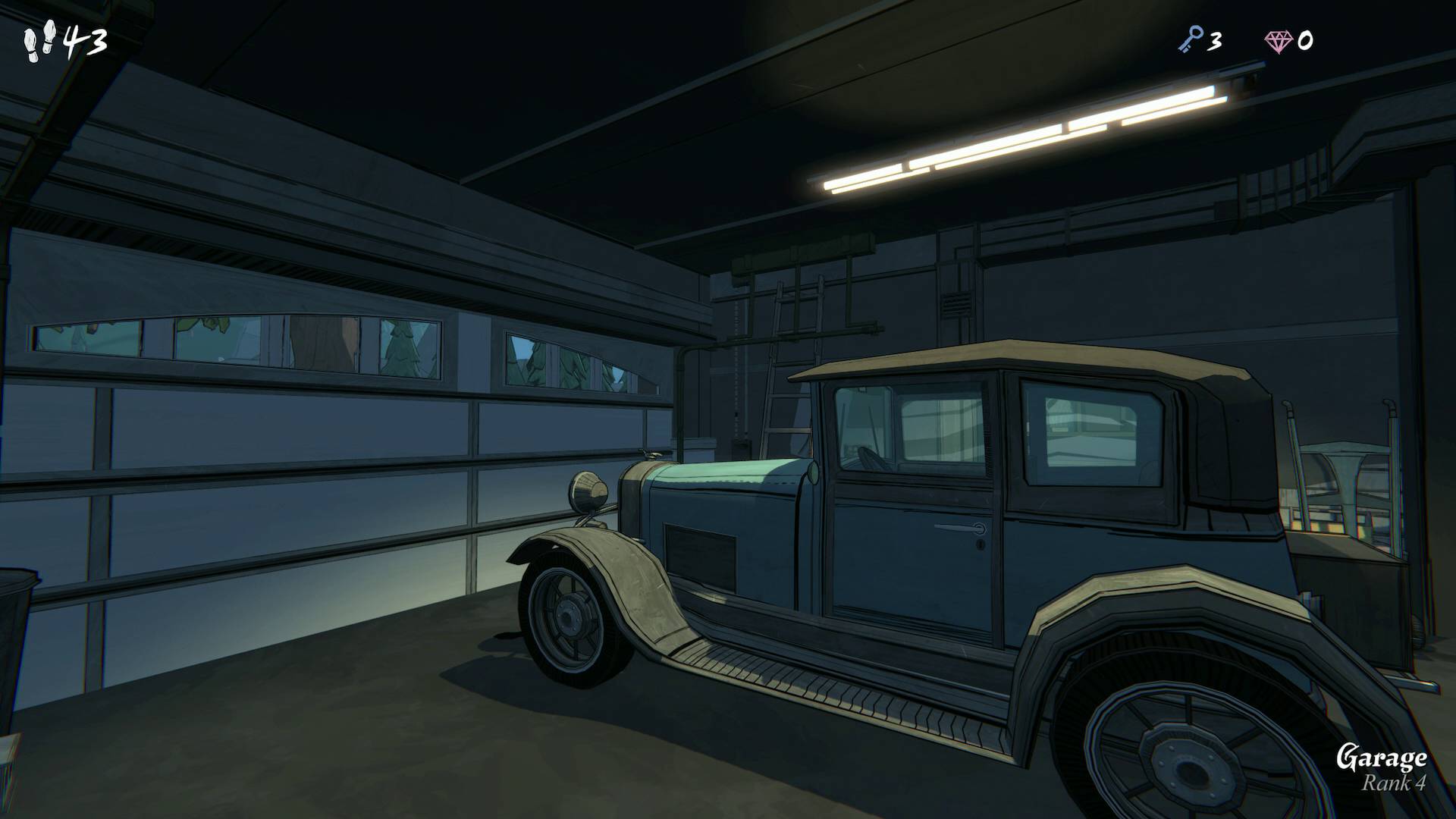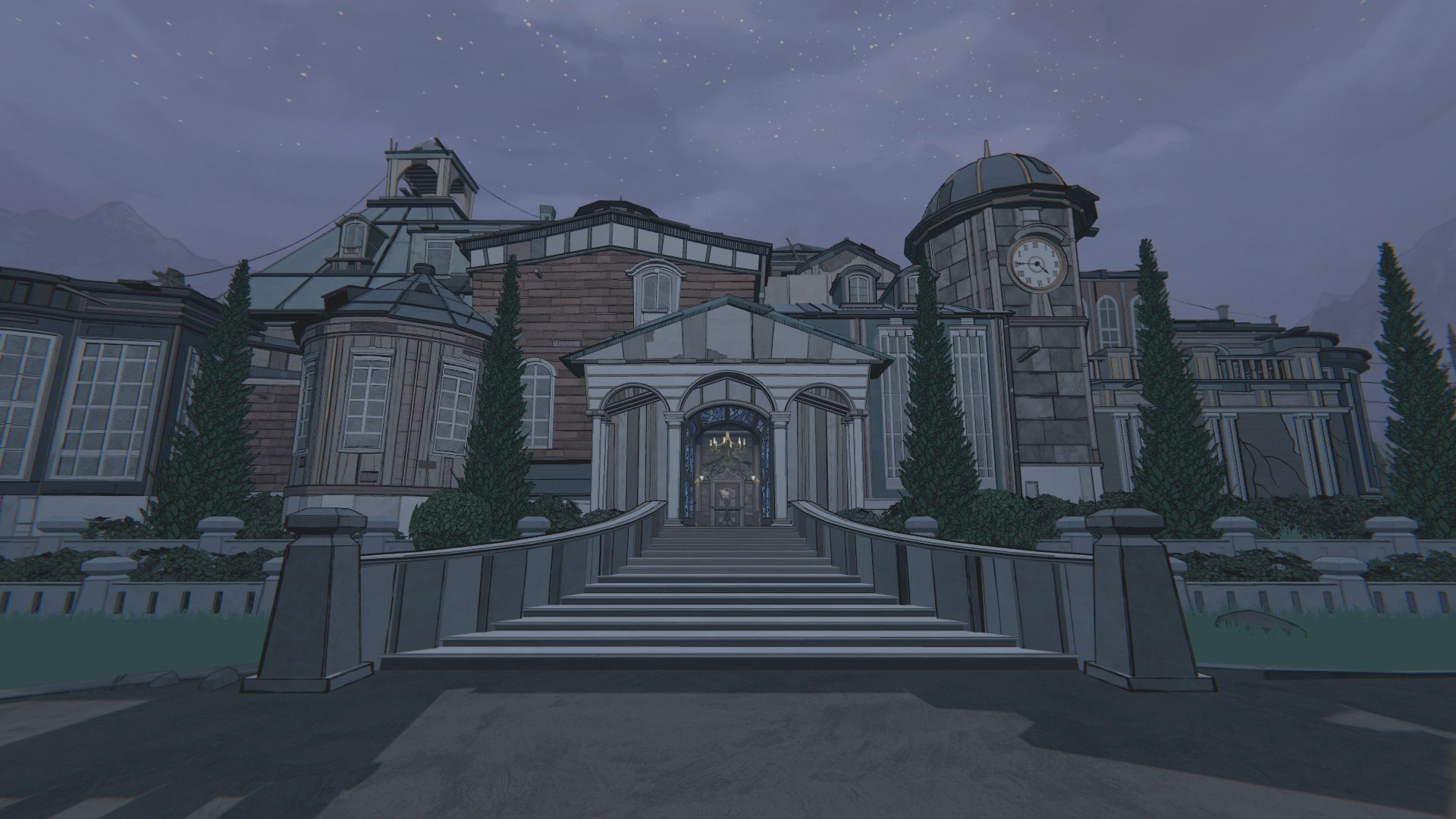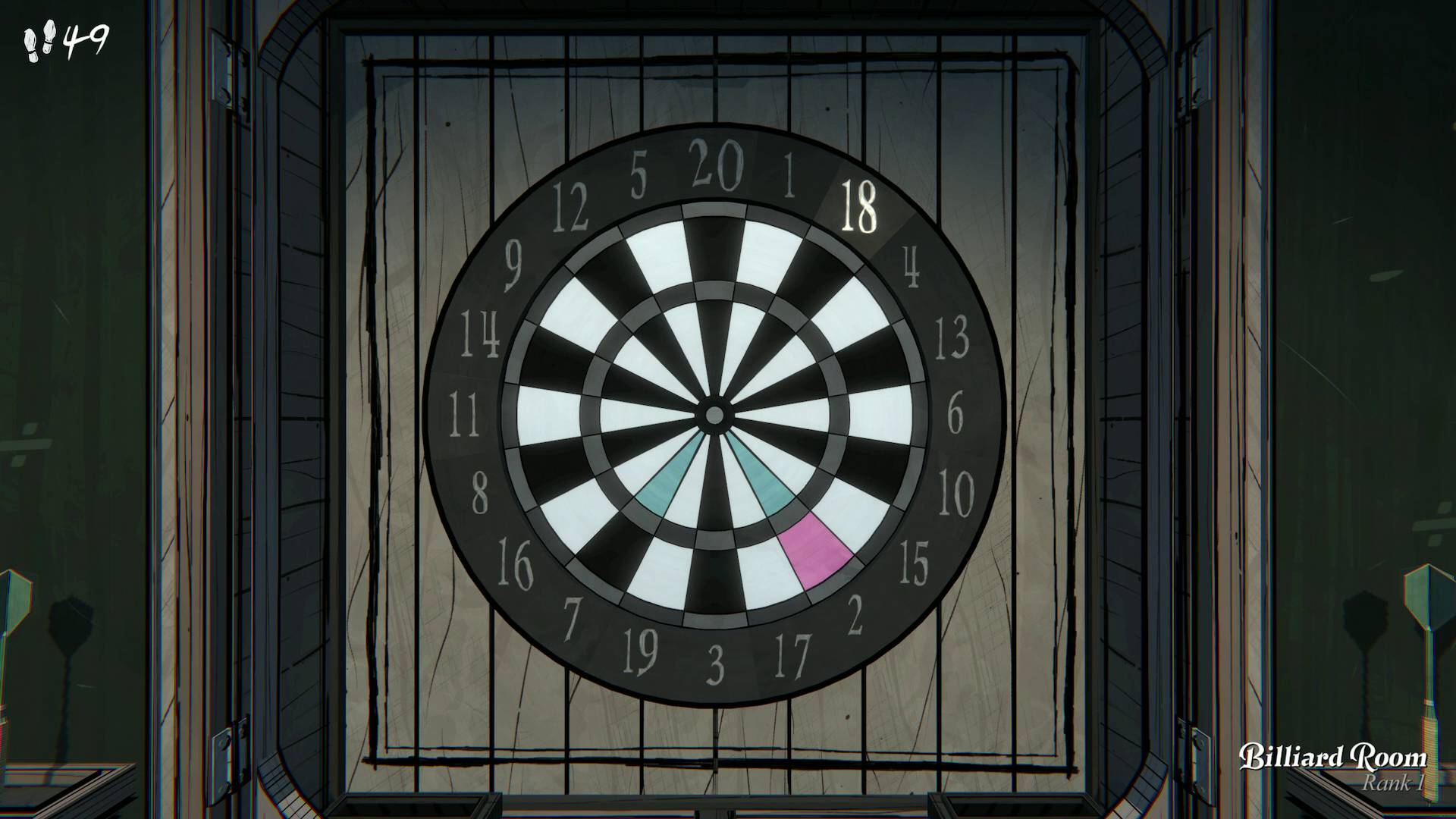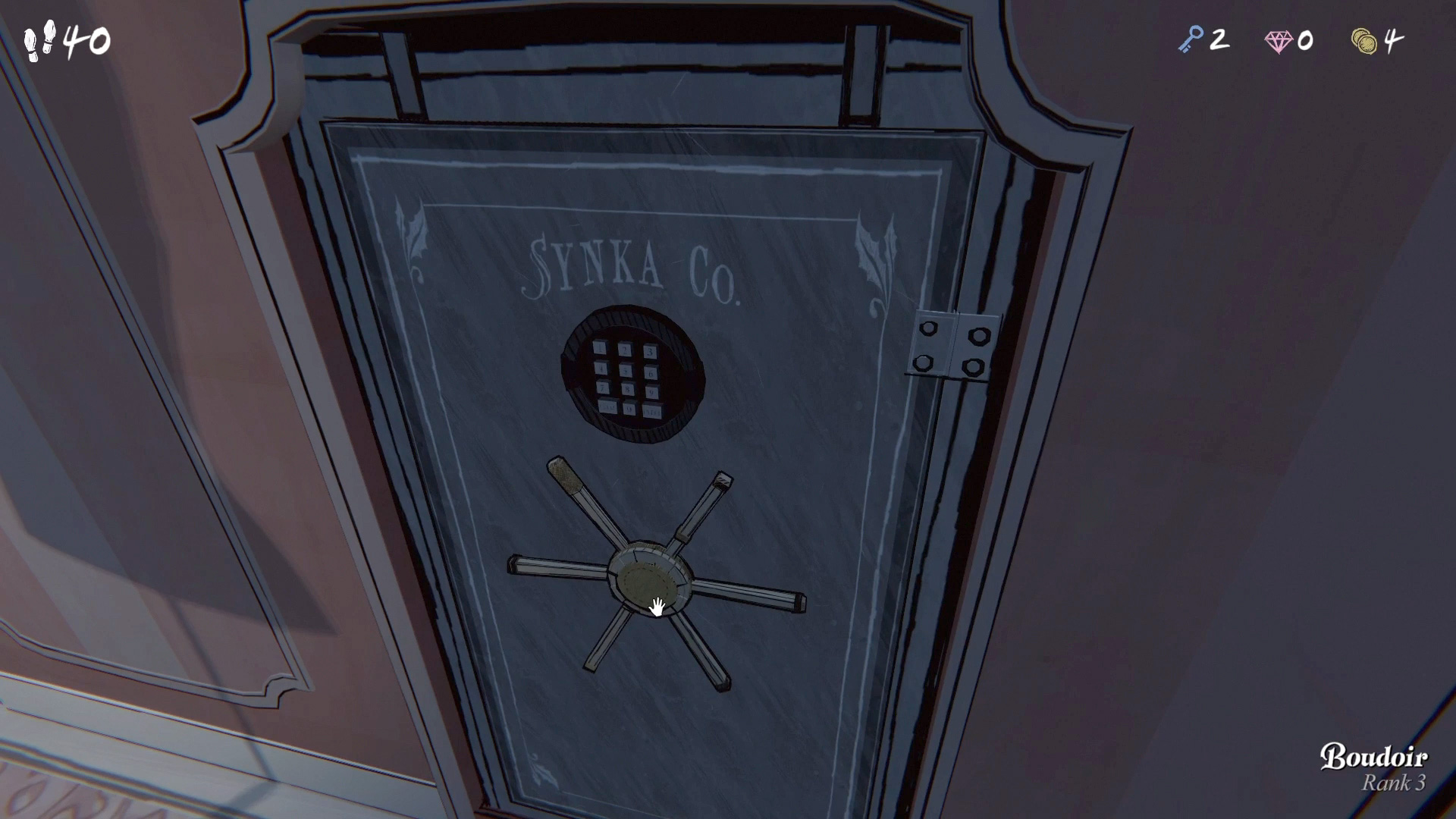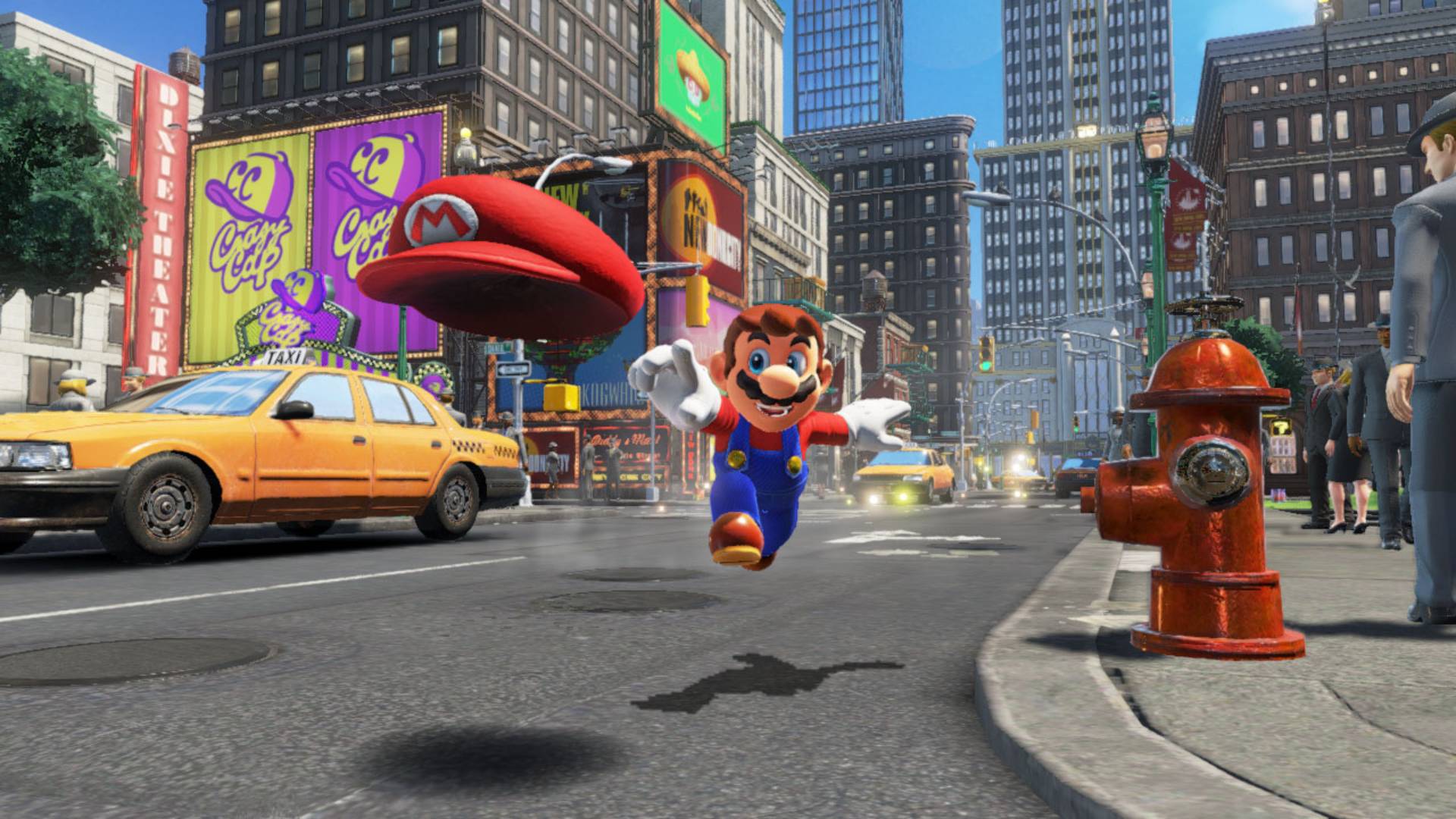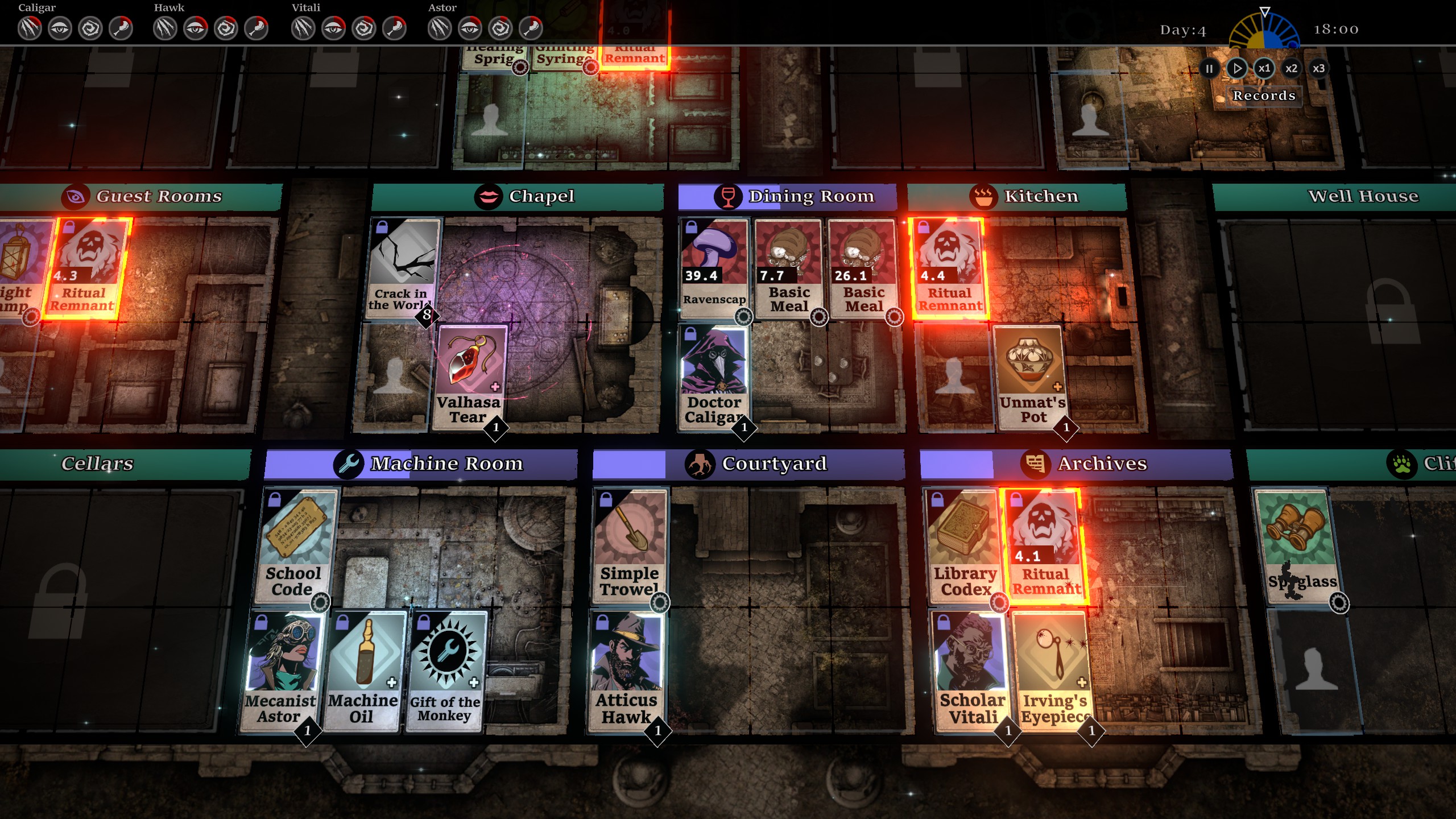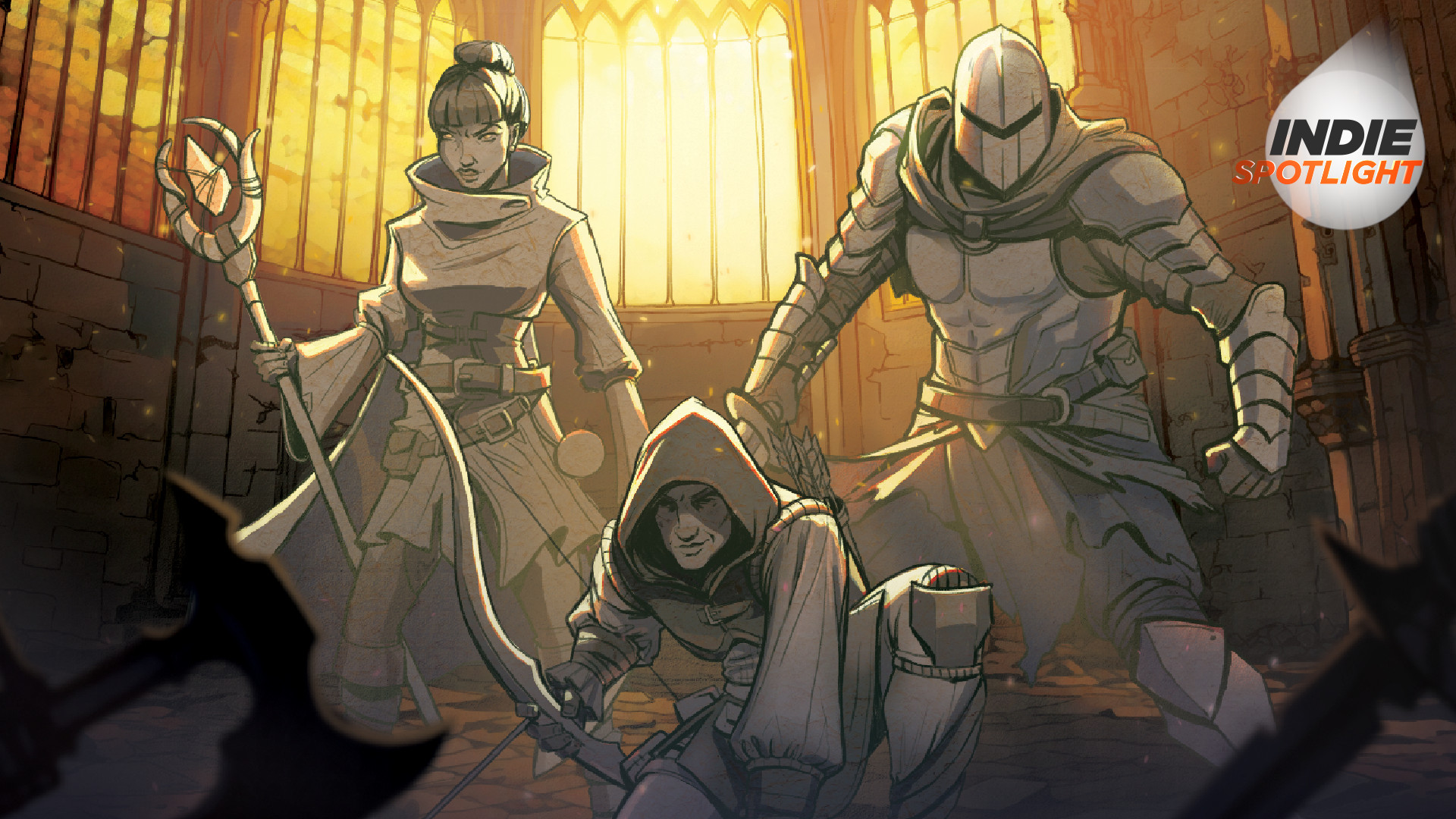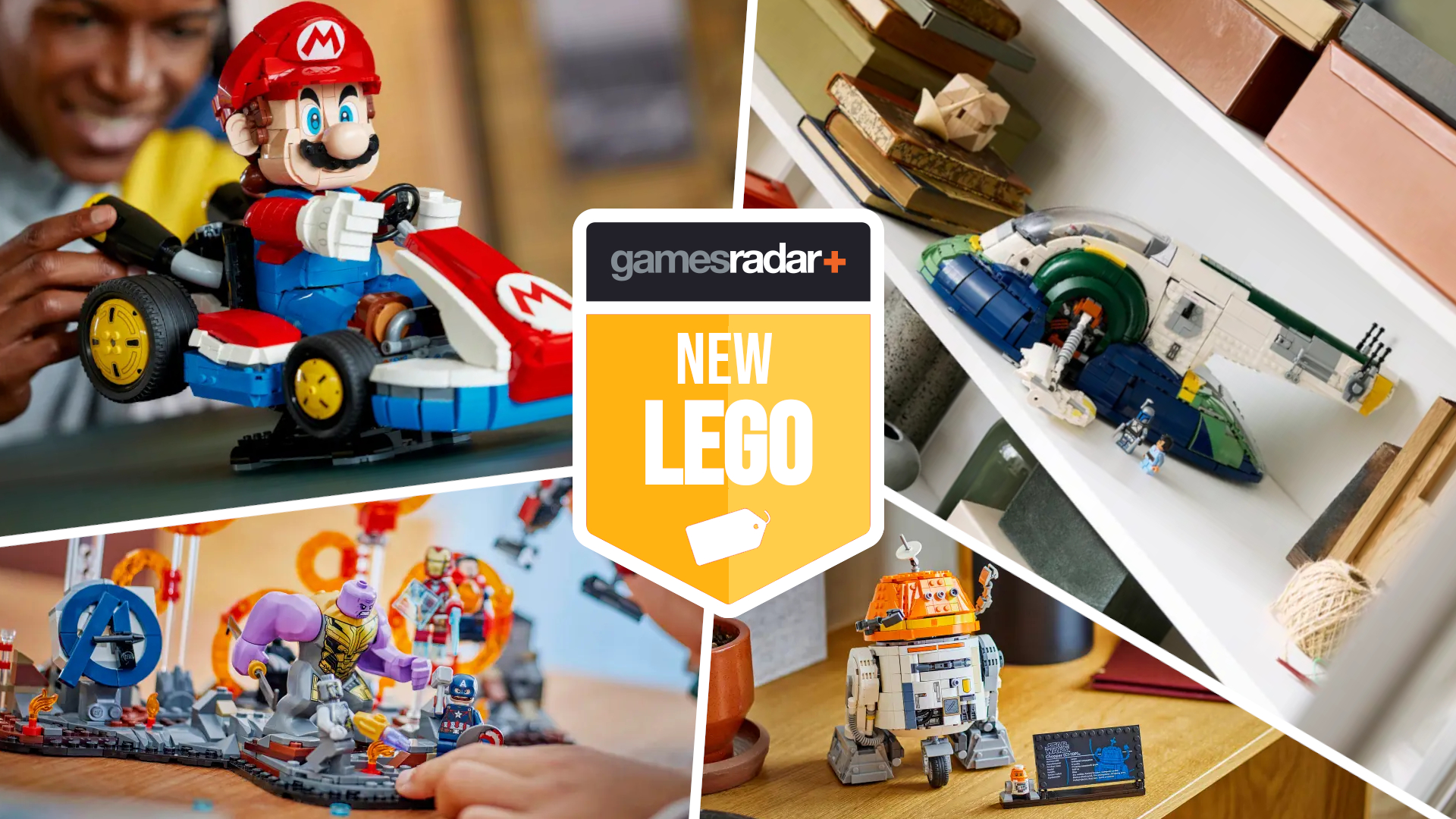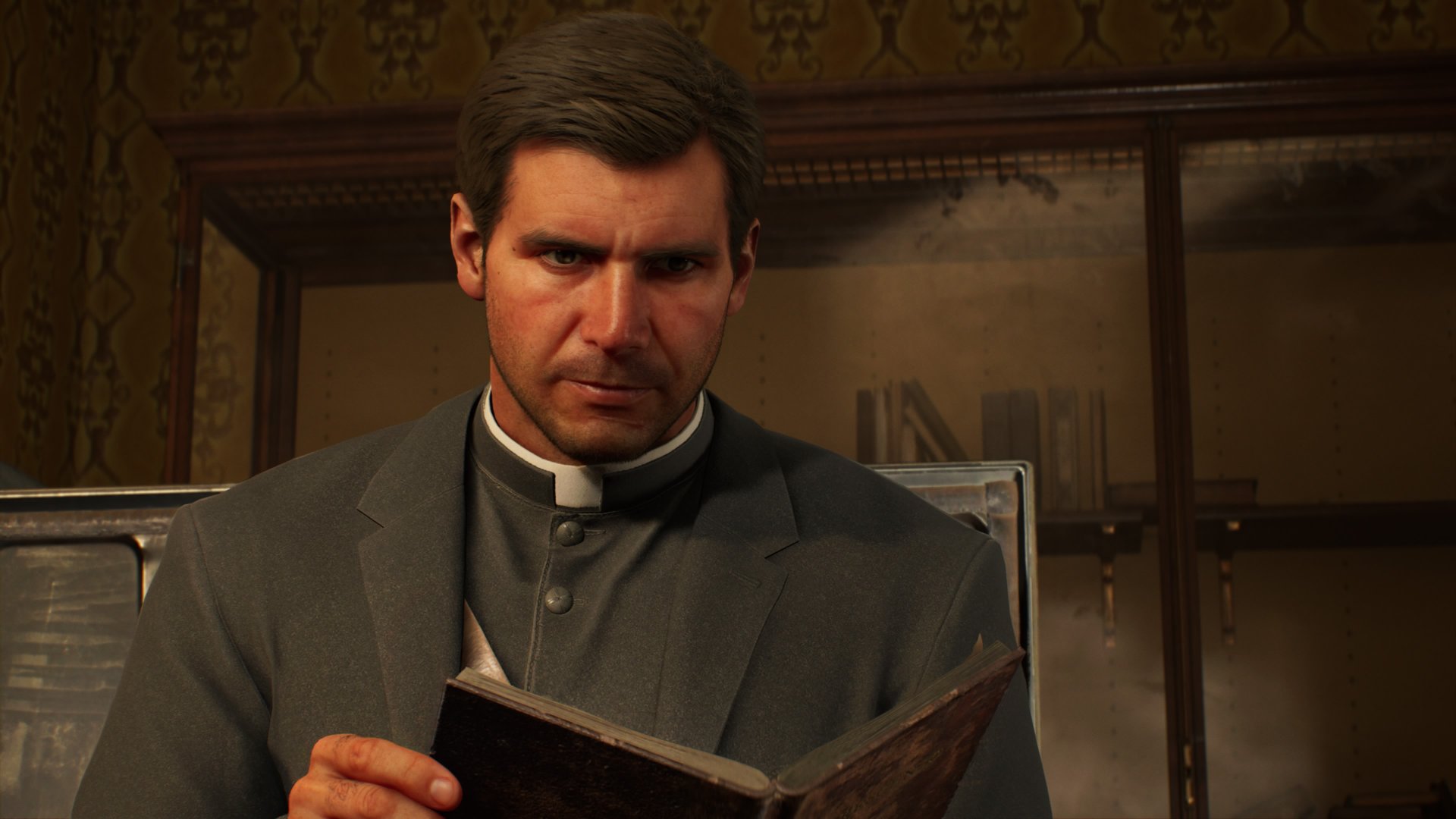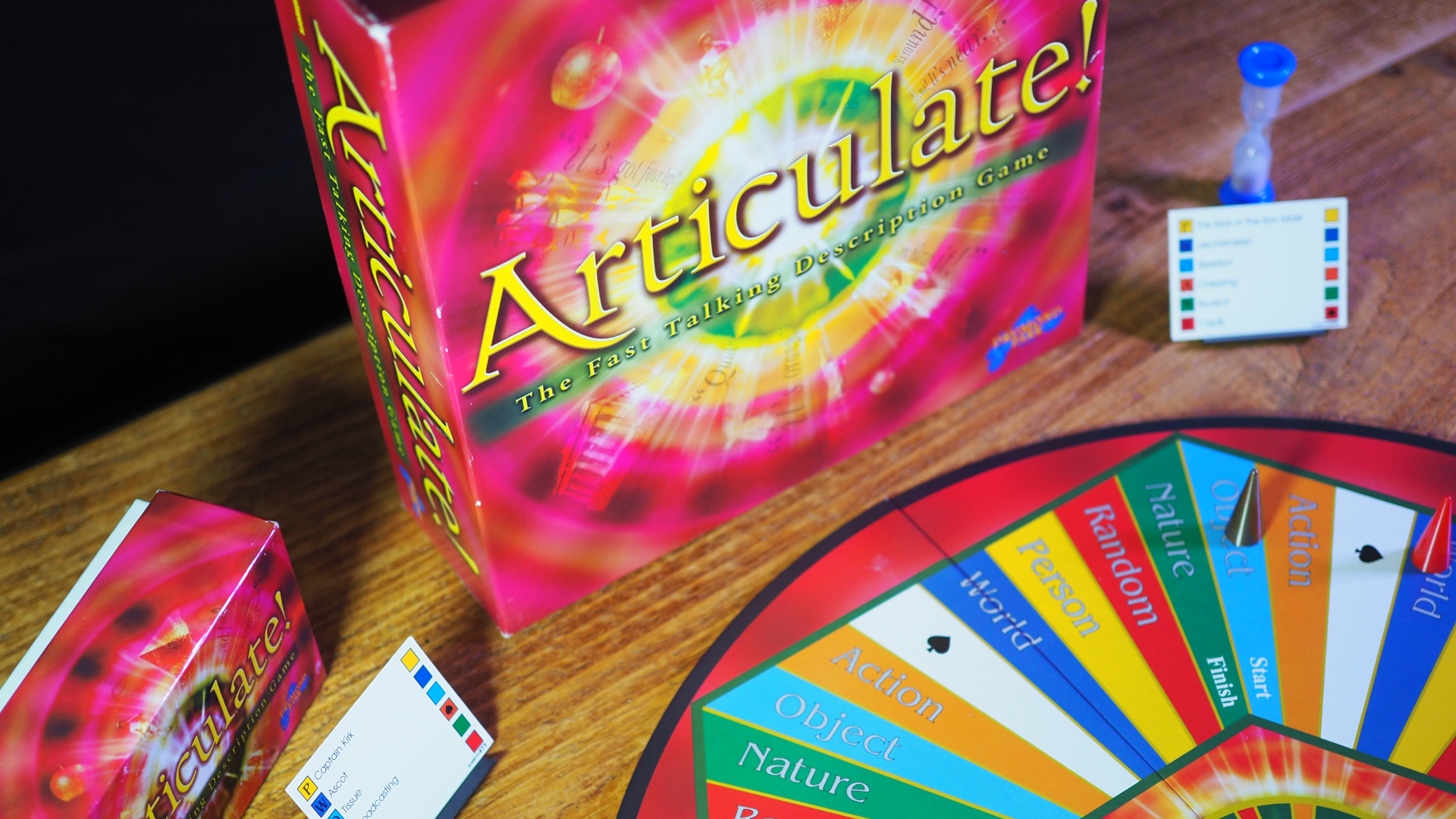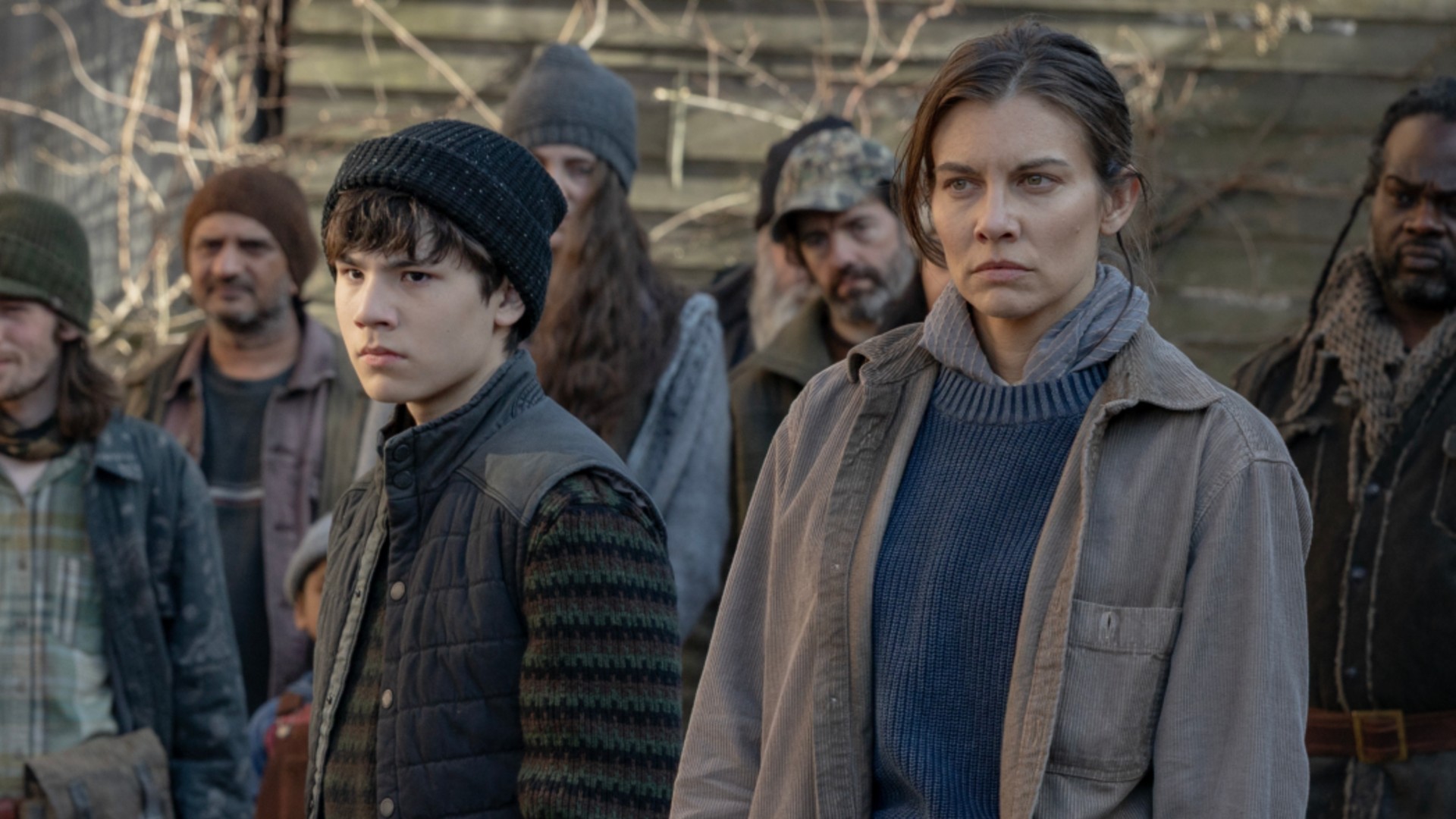When you purchase through links on our site, we may earn an affiliate commission.Heres how it works.
For the latter,Retro Gamer spoke to developers of games for Sony’s handheld system.
It was a great machine for spotlight genres particularly suited to play on-the-go and in short bursts.
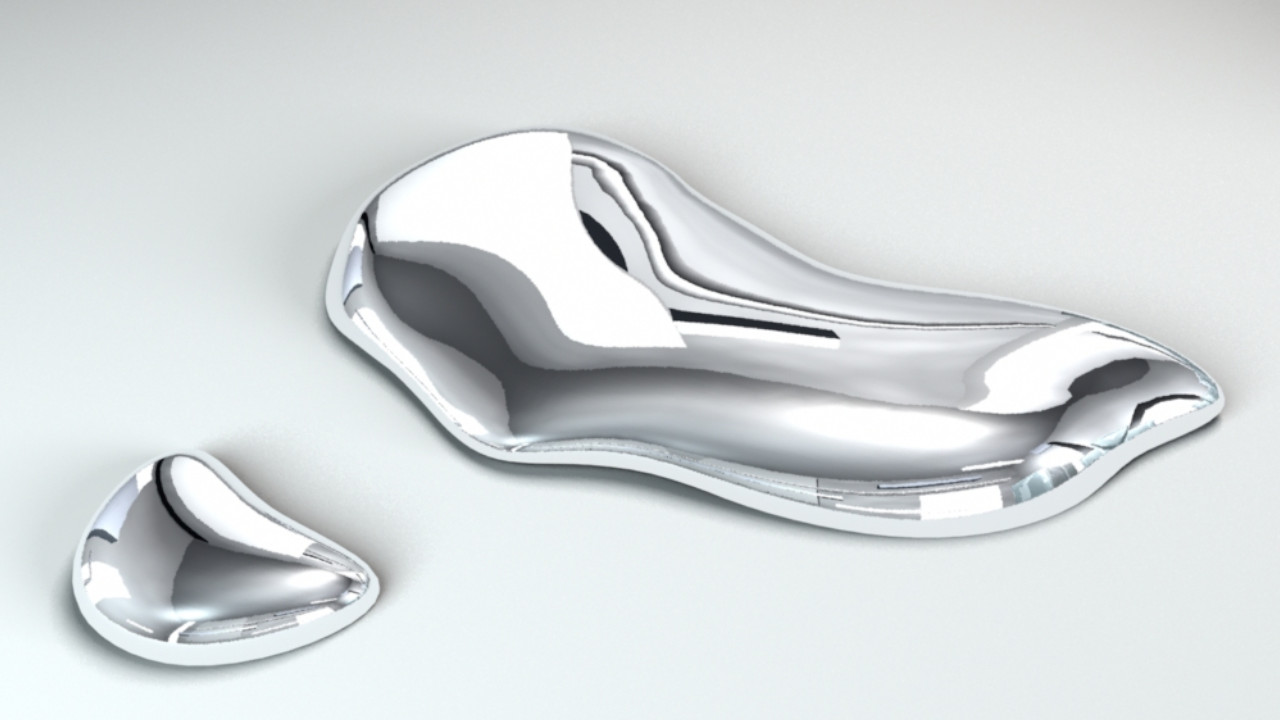
What better fits the mold than a puzzle game?
Melting point
Retro Gamer: How did you come to work on a PSP launch game?
Jeb Mayers: I joined Awesome Studios in April 2003 as head of research and development.
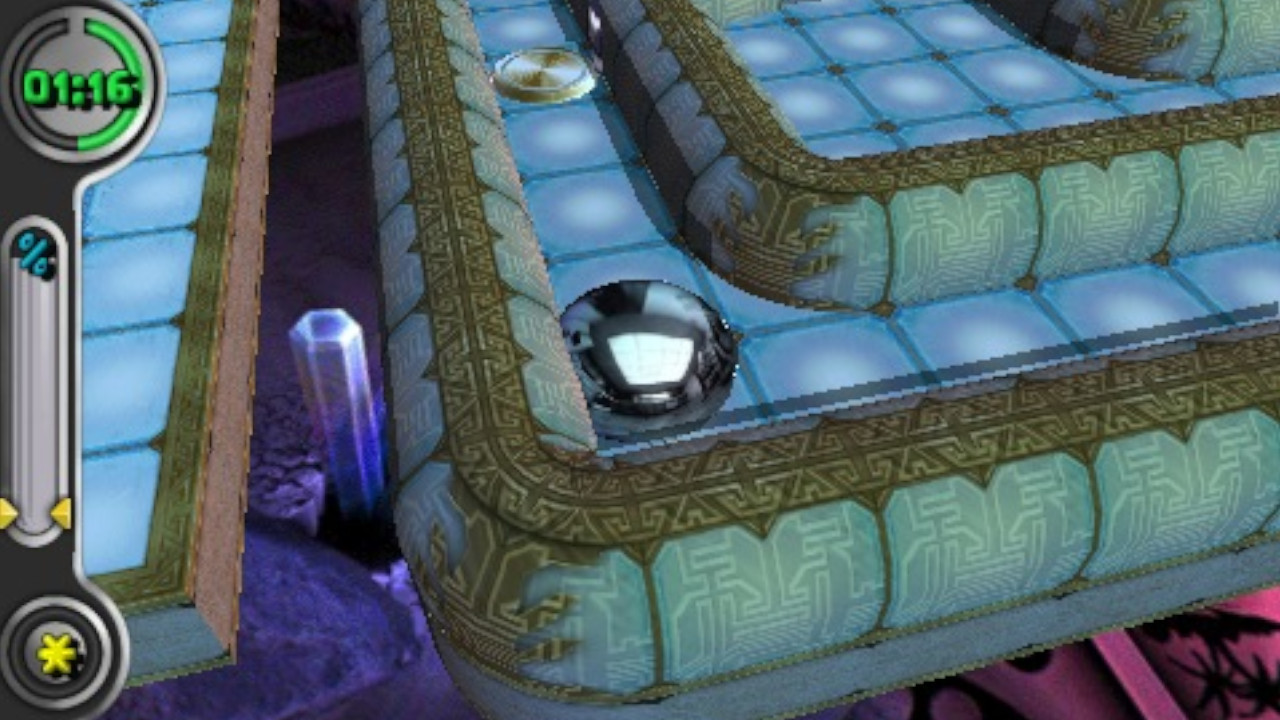
This was the first time I had met Archer Maclean.
Archer was a hugely charismatic person, very passionate about everything he did, particularly his new ideas.
My job was to convert this to the PS2.
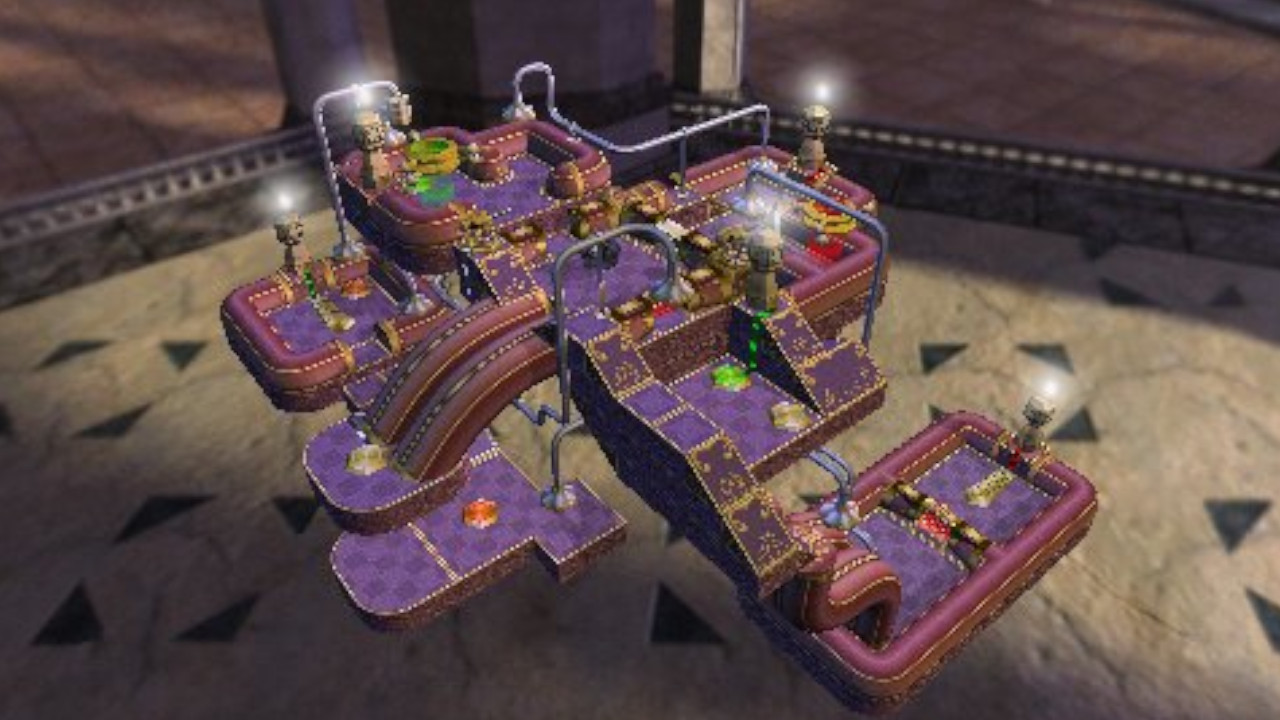
RG: What support did you receive from Sony?
The first hardware arrived at Sony Computer Entertainment Europe late June/early July 2004.
It was fragile two kits had been sent out to America and two to Europe.
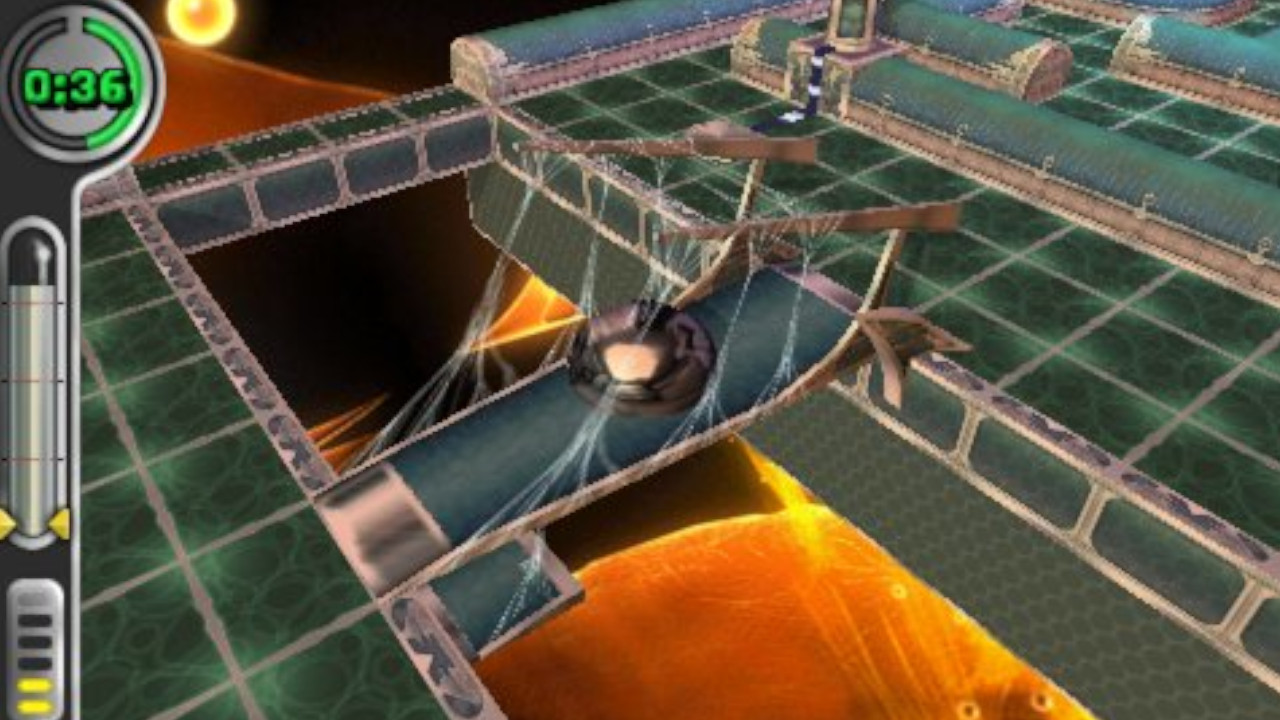
Three of them were DOA, so SCEE ended up with the only working development kit outside of Japan!
The hardware proved to be tricky and was only half the clock speed of the final PSP.
We were reliably told that the team that had the first slot on Monday had got nowhere.

By the end of our first visit on 6 July, we had the dev Mercury frontend working.
Mercury was officially the first title that was fully working on the PSP hardware outside Japan!
It was an incredibly proud moment for the team.
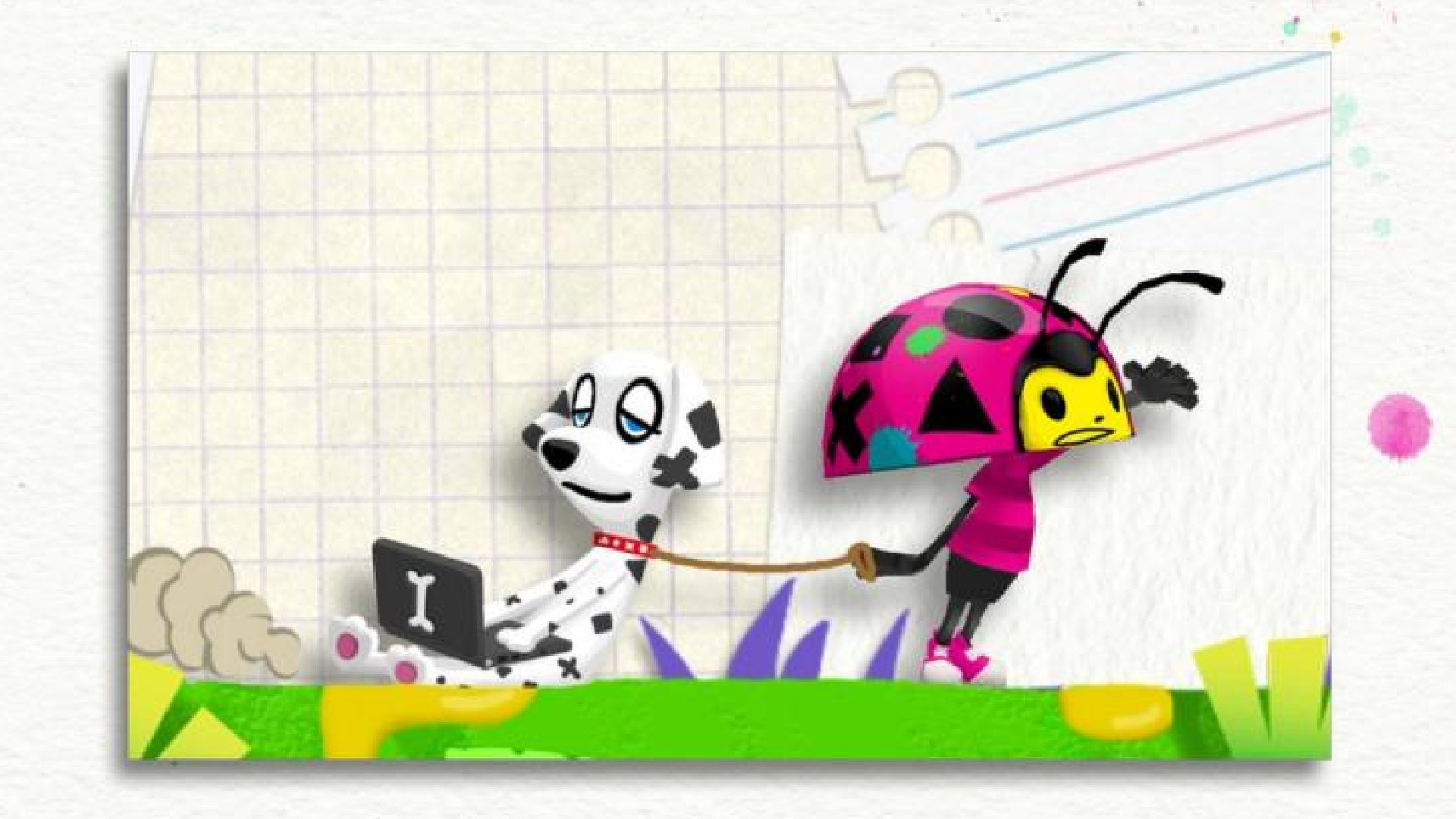
So back to the original question how much help did we get from Sony?
The answer is lots.
Sony would also turn to Mercury for all their tech demos for publishers, at internal events etc.

It was a really special time for everyone at Awesome, and a first for me.
As for standing out from the other launch titles?
I am not sure that it did.
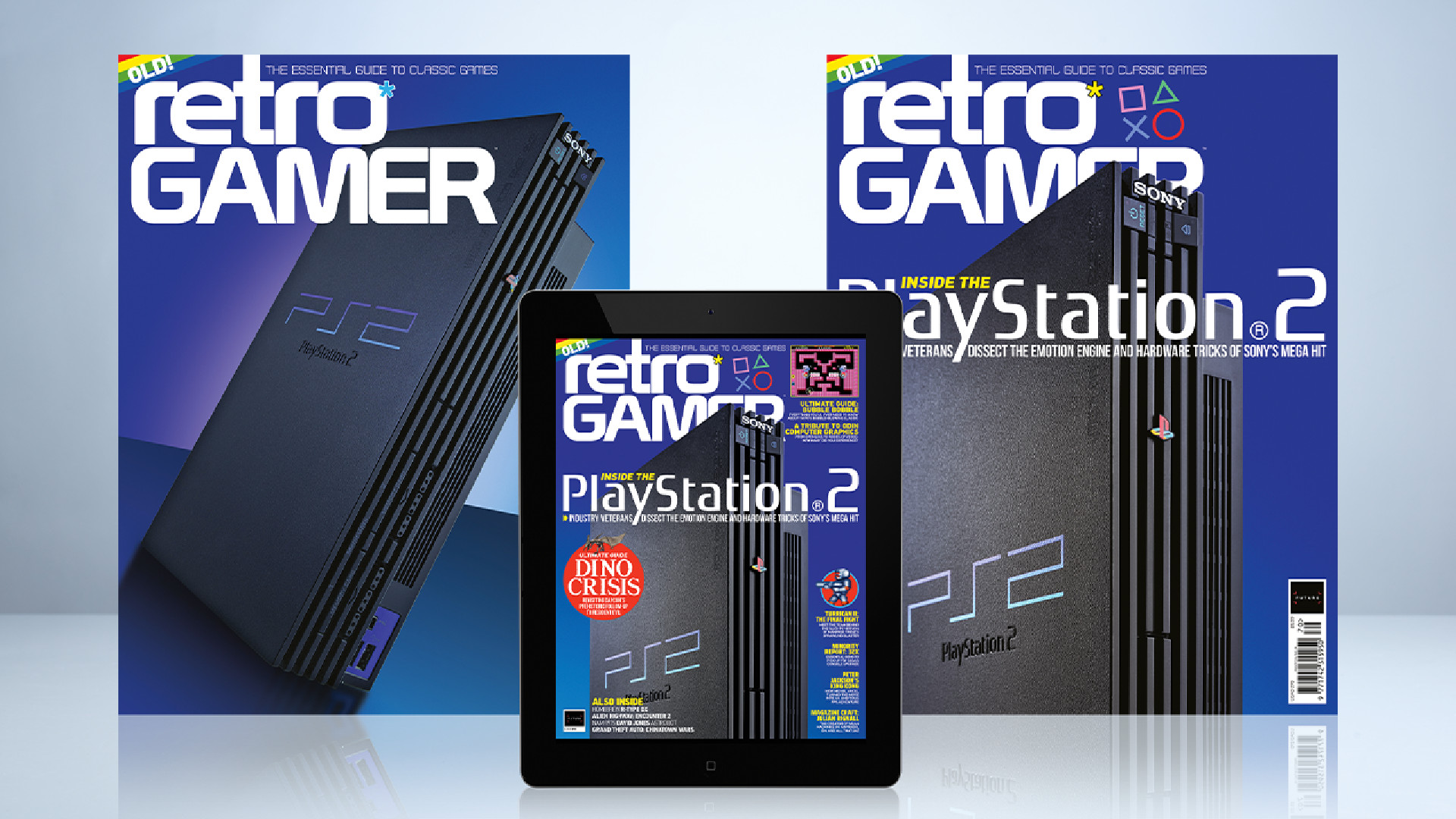
All of those games were great and I loved them of course, but Mercury was genuinely something new.
Looking for PlayStation Portable recommendations?
Ourbest PSP gameslist is a great place to decide what to play next on the retro handheld!

